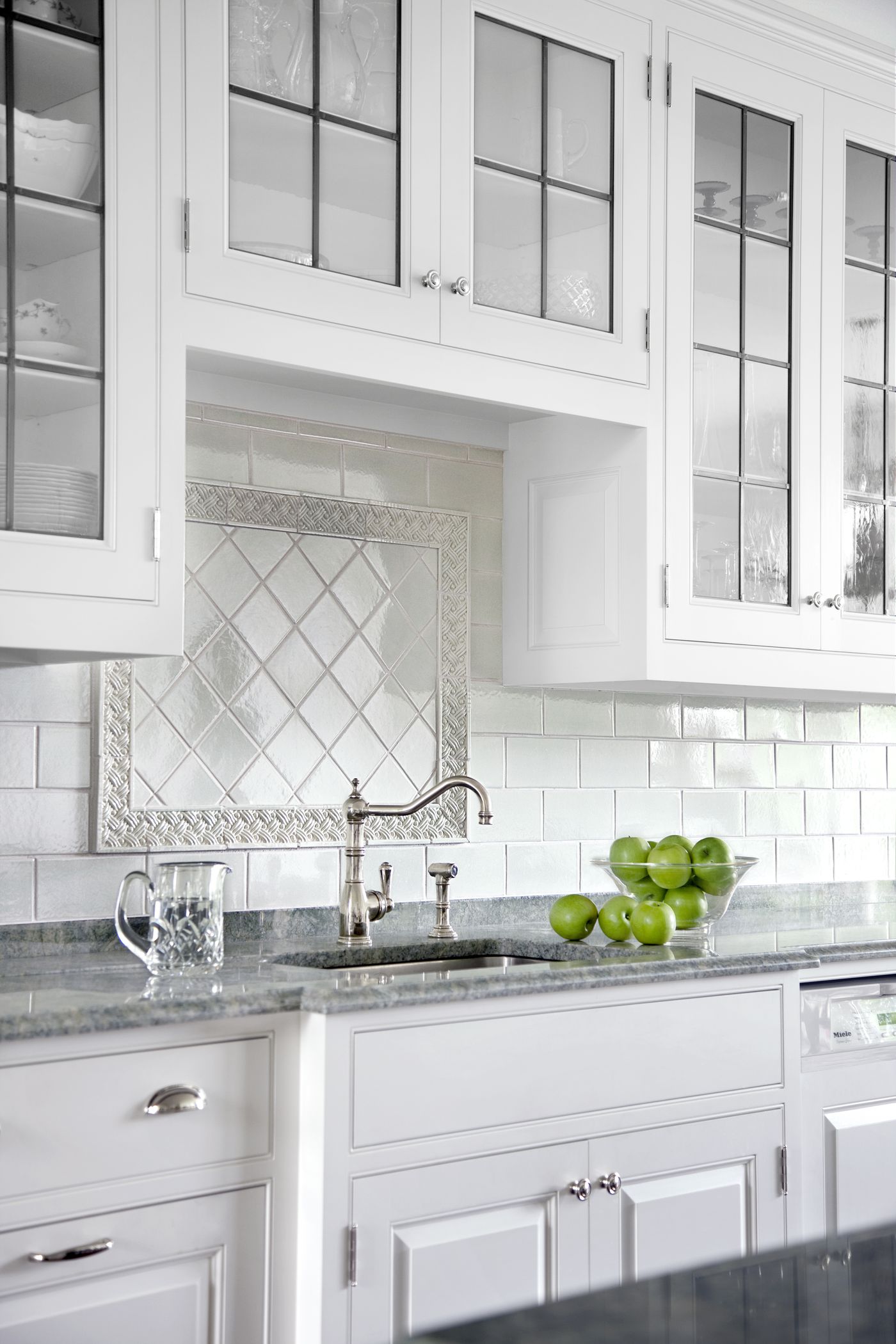Tiling is not something that is easy for an amateur to do; but it’s possible. It’s important to remember that you need to employ different tiling techniques, depending on the surface that you are placing the tiles on.
If you are worried about doing your own tiling, then it might be worth getting a professional tiler to do the job for you. Do not forget that they can also help with the choice and purchase of tiles, from providers such as Lesso. If you prefer to have a go yourself, here are some tips about how you should go about tiling on different surfaces.
Tiling on a concrete surface
Before you start to lay tiles on concrete, you need to make sure that the surface is in good condition. If there are any big cracks or gaps in the concrete, it may be a good idea to replace it. If the cracks are only small, you should be able to fix them.
It’s also important to note that chemicals can interfere with the tiling process. If there are any chemicals on the concrete surface then you may not be able to lay tiles directly onto it. If you drip a small amount of water onto the concrete, and it beads, this is usually a sign of the presence of chemicals.
Tiling on wood
The biggest concern, when it comes to tiling on wood, is making sure that the surface is strong enough to support the tiles. This is likely to be the case if you are dealing with certain types of wood, but you should not consider tiling over tongue and groove or chipboard.
Remember that you need to sand down any wooden surface before you start to tile. This helps to ensure that your tiles are even and firm when they are in place.
Tiling over tiles
You can tile over tiles that you already have in place. It’s important to note that you should only do this if the current tiles are intact and firmly attached. As with wood, you need to sand down a tiled surface, before you lay new tiles. You also need to clean and wash the surface thoroughly, before you do any tiling. Do not forget to allow the surface to dry, before you lay the new tiles.
Tiling on vinyl
The first thing to say is that if you can avoid tiling on vinyl you should; it’s not a simple process. If you have to place tiles on vinyl, it’s important to use a backer board, over the vinyl and behind the tiles. This gives you a better surface to work on.
These are the main things you need to think about, before you start tiling on different surfaces. Remember that you cannot rush a tiling job, so you need to make sure you set enough time aside. If you do not have enough spare time, or you do not have the expertise, you may want to ask a professional to complete the job instead.





